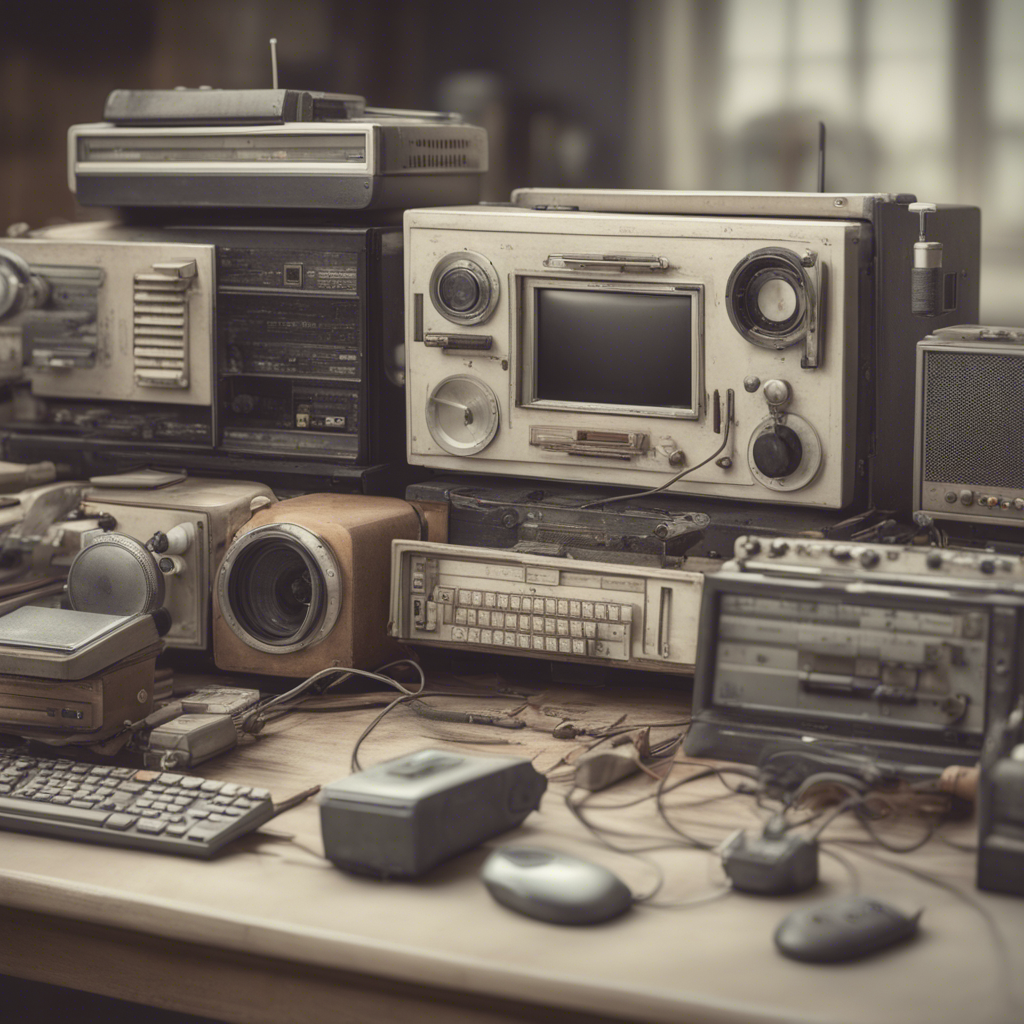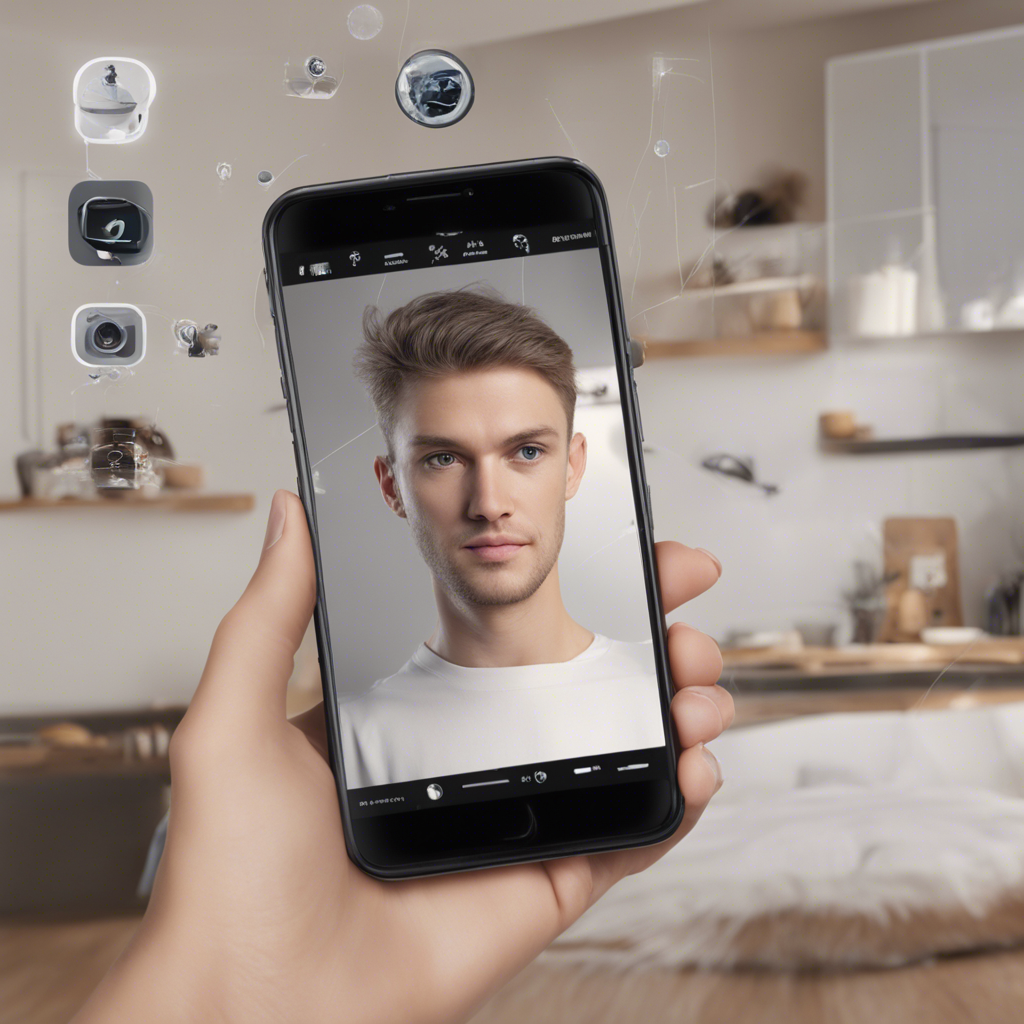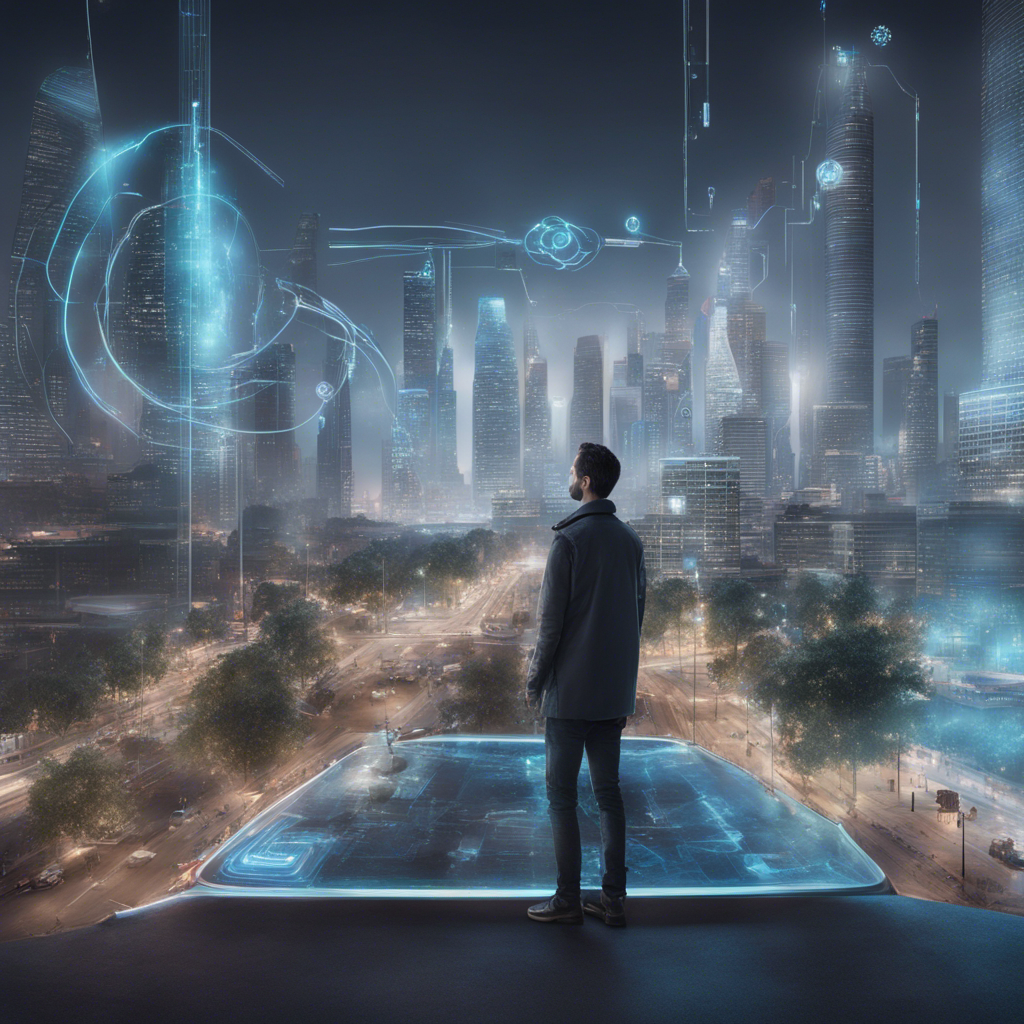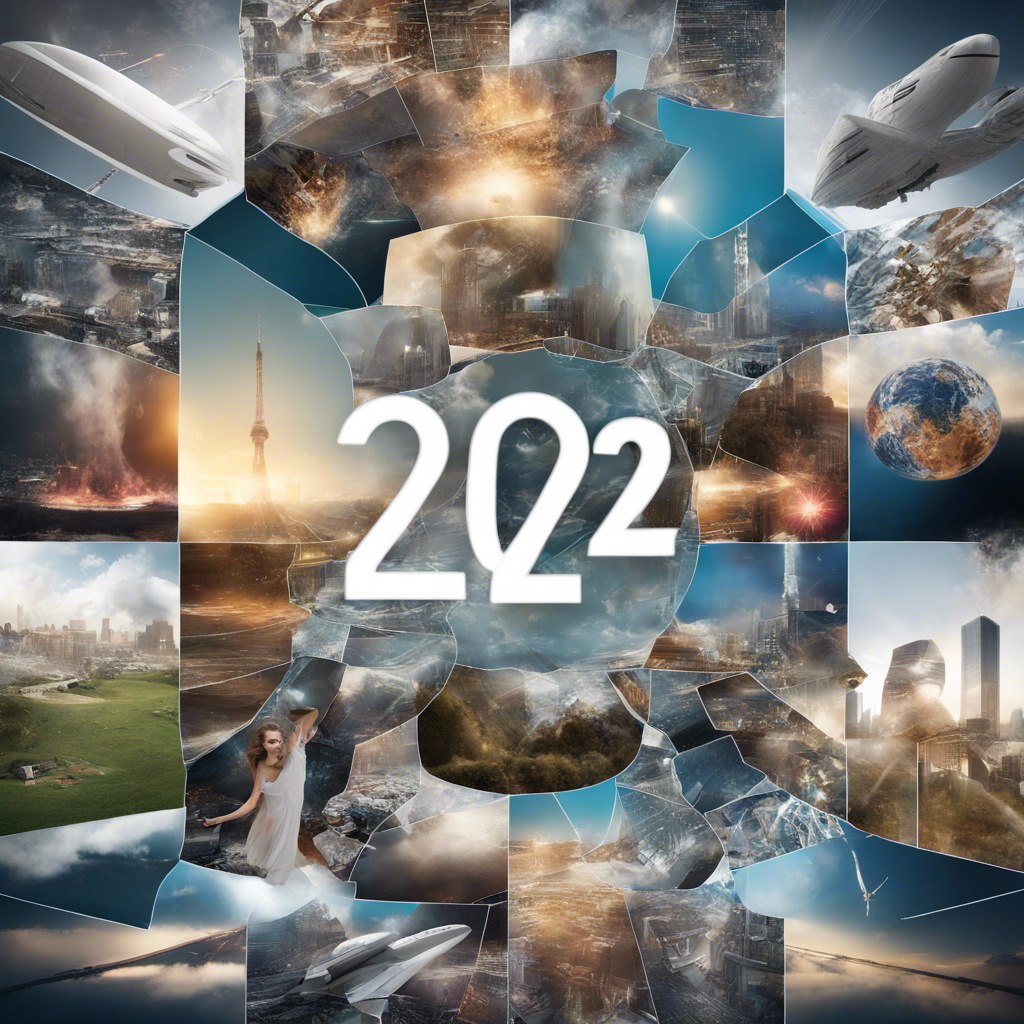
The Role of Augmented Reality in Modern Education
In recent years, technology has revolutionized various aspects of our lives, including education. One such technological advancement, augmented reality (AR), has the potential to significantly enhance the learning experience in modern classrooms. By overlaying virtual information onto the real world, AR merges the digital and physical realms, creating a more immersive and interactive educational environment. In this blog post, we will explore the role of augmented reality in modern education, its benefits, and potential applications.
An Introduction to Augmented Reality
Before diving into the role of augmented reality in education, let’s briefly understand what augmented reality is. Augmented reality is a technology that overlays virtual objects or information onto the real-world environment, enhancing the user’s perception and interaction with their surroundings. Unlike virtual reality (VR), which presents a completely simulated environment, AR supplements reality by adding digital elements.
Benefits of Augmented Reality in Education
Augmented reality in education offers several significant advantages that can positively impact the learning process. Some of these benefits include:
1. Enhanced Learning Experience
AR provides students with an interactive and immersive learning experience. By making educational content come to life, students can better understand and retain information. The visual and auditory stimuli provided by AR can engage students more effectively, especially those who may struggle with traditional teaching methods.
2. Promotes Active Learning
AR promotes active learning by encouraging students to explore and manipulate virtual objects. It offers hands-on experiences, allowing learners to interact with abstract concepts and visualize complex ideas. This active learning approach can improve student engagement, critical thinking skills, and problem-solving abilities.
3. Personalized and Adaptive Learning
One of the significant advantages of AR in education is its ability to cater to individual learning styles and needs. AR applications can be personalized and adapted to match the pace and abilities of each student. This adaptability ensures that the learning process remains challenging yet accessible, fostering a more inclusive and effective educational environment.
4. Real-World Applications and Context
AR enables students to bridge the gap between theoretical knowledge and practical application. By providing real-world context, AR can help students understand how theoretical concepts relate to their surroundings. For example, anatomy students can virtually explore the human body, architecture students can visualize buildings, and history students can interact with historical artifacts.
5. Collaborative Learning Opportunities
Augmented reality fosters collaboration and teamwork among students. AR applications can facilitate group projects, interactive discussions, and problem-solving activities. By working together in a shared AR environment, students can develop interpersonal skills, communication abilities, and teamwork capabilities.
Applications of Augmented Reality in Education
Augmented reality has various applications in education, spanning multiple subjects and grade levels. Here are some examples of how AR can be incorporated into different areas of education:
1. STEM Education
AR can enhance science, technology, engineering, and mathematics (STEM) education by providing virtual experiments, simulations, and visualizations. Students can explore complex scientific concepts, perform virtual lab experiments, and visualize mathematical models, promoting a deeper understanding of these subjects.
2. Language Learning
Language learning can be greatly enhanced with AR. By superimposing translations, captions, or audio pronunciations onto objects or texts, AR can support language learners in improving vocabulary, comprehension, and pronunciation skills. Additionally, AR can create virtual language immersion environments, offering learners a chance to practice their language skills in real-world scenarios.
3. History and Social Studies
AR can bring history and social studies to life by overlaying historical maps, virtual artifacts, and interactive timelines onto real-world locations. Students can explore historical events and places, gaining a deeper understanding of the past. Additionally, AR can offer virtual tours of ancient civilizations, museums, and cultural landmarks, providing students with enriching and immersive experiences.
4. Arts and Design
In the field of arts and design, AR can be utilized to create virtual galleries, showcase 3D models, and enable interactive art experiences. Students can explore various artistic styles, experiment with virtual sculpting or painting, and gain inspiration from virtual exhibits. AR empowers students to unleash their creativity while offering a more dynamic and engaging artistic learning experience.
Conclusion
Augmented reality has the power to reshape modern education by providing enhanced learning experiences, promoting active learning, personalizing instruction, and facilitating collaborative environments. The applications of AR span across various subjects, fostering a more immersive and interactive educational environment. As technology continues to evolve, the integration of augmented reality in education holds the potential to revolutionize the way we teach and learn, paving the way for a brighter future in education.
(Note: This blog post is an objective analysis of the role of augmented reality in modern education. The information and claims presented are based on research and reputable sources. Any opinions expressed are those of the author and not meant to promote any particular product or service.)
References:
- Clark, D. B., Tanner-Smith, E. E., & Killingsworth, S. S. (2016). Digital games, design, and learning: A systematic review and meta-analysis. Review of Educational Research, 86(1), 79-122.
- Klopfer, E. (2008). Augmented learning: Research and design of mobile educational games. MIT Press.
- Radu, I. (2014). Augmented reality in education: A meta-review and cross-media analysis. In Marais, P., & Panzoli, D. (Eds.), e-Learning 2.0 Technologies and Web Applications in Higher Education (pp. 85-104). IGI Global.






